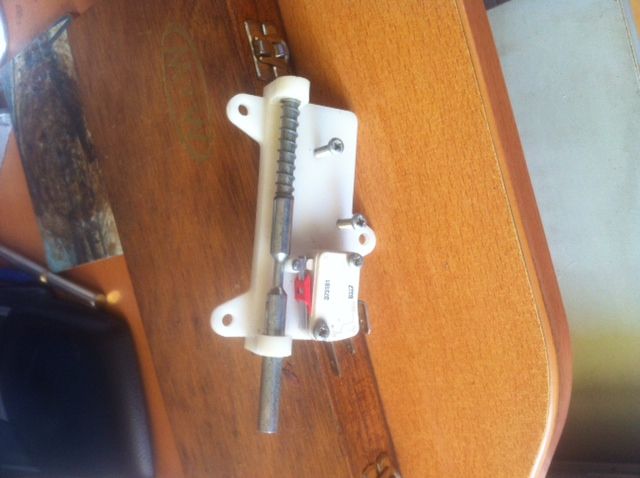Hi,
Thank you all for the advice and information. I have a lot to think about but, at the moment, feel it is worth going ahead.
To colour-in the picture a bit, I'm thinking of one of the Newton Tesla packages, in part because it it a one-box solution and in part because the inverter arrives ready programmed for the motor supplied.
I have, in the past set up a few inverters but they were vastly simpler than today's offerings. I downloaded the manual for the VFD that Newton Tesla supply and the number of parameters that can be set if bewildering – on a first read through, I didn't understand a lot of the jargon.
I realise that buying into the package carries a cost implication, but feel this is worthwhile for me. Motor and inverter as separates are cheaper but there is the add on cost of the control buttons, rheostat. enclosure and interconnections, plus the time and effort to source these and make a respectable job of assembly. I don't have a great deal of hobby time and prefer to spend it making models or other projects, rather than means-to-an-end tooling.
As supplied, the frequency limits are set to give 185 to 1800 rpm with a 4-pole motor and I will probably end up increasing the frequency somewhat, to provide a higher top speed as I do quite a lot of work on small brass parts. a good read of the manual beckons! I imagine the limiting factor on the speed may well be the plain bearing countershaft. I don't plan to exceed the safe speed for the chucks.
I must thank Clive, in particular, for his suggestion of a microswitch bedstop and DC31k for the suggestion of a sliding resistor stop to reduce speed as the shoulder approaches. Finally, a special thank you to Pete Rimmer for pointing out that the speed can be varied on-the-fly. That is probably obvious to those who have inverter fitted machines but which I had totally overlooked.
I realise opening the box and altering settings will probably invalidate the excellent 10-year warranty on the inverter, let alone adding extra switches but I would be happy to take a chance if the initial settings didn't meet my needs. Initially, though, I'll call Newton Tesla and enquire whether they are willing to customise the settings.
Thank you all, once again. What an excellent place this forum is.
Mike
Michael Briggs.



 . As you showed in the picture, the mechanism needs to have over-travel capacity in it. The tumble dryer one is an excellent source.
. As you showed in the picture, the mechanism needs to have over-travel capacity in it. The tumble dryer one is an excellent source.

